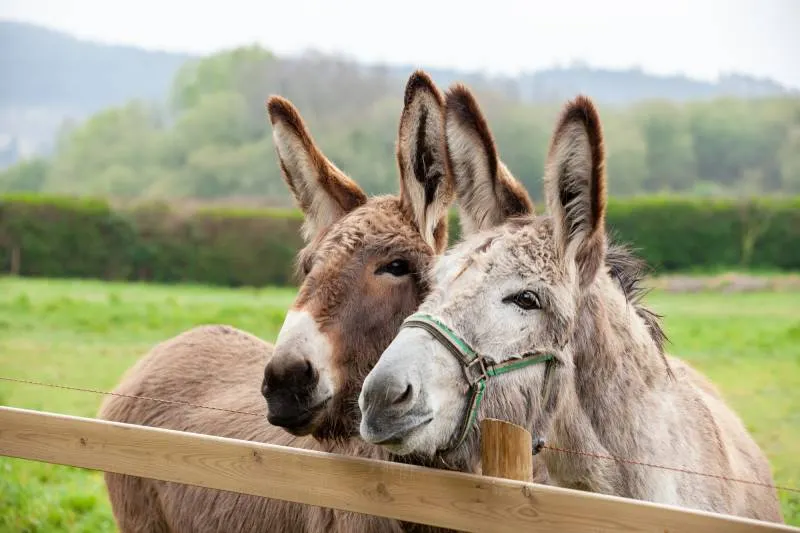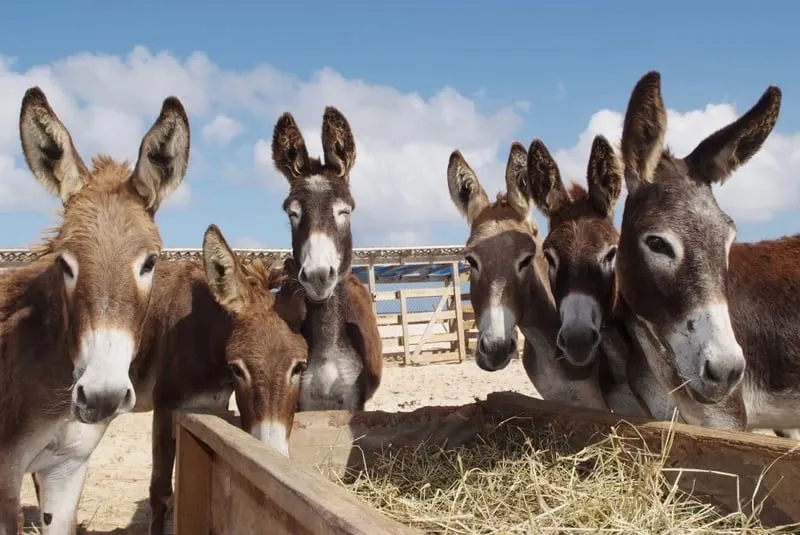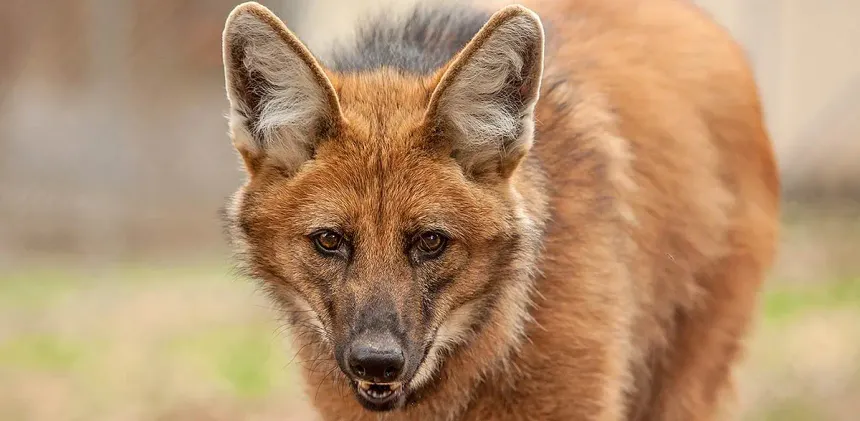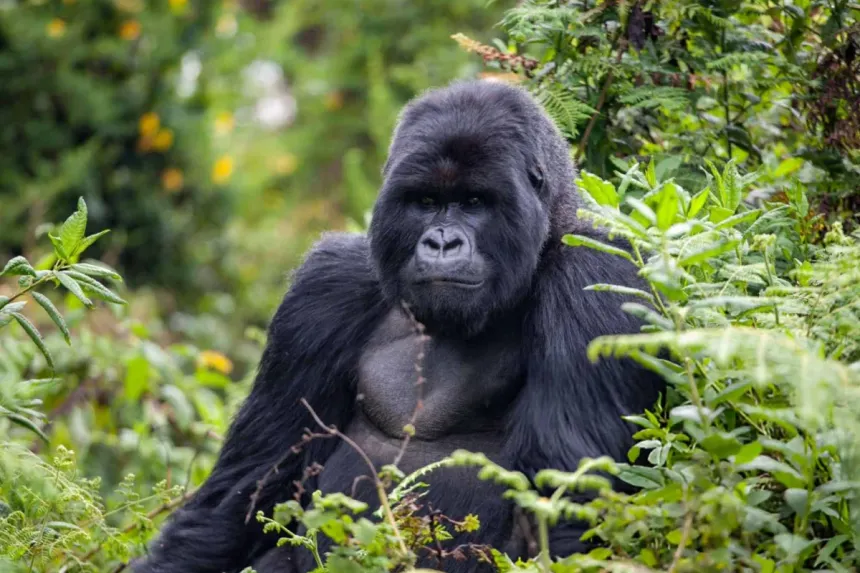“What Do Donkeys Eat in the Wild? Nature’s Hardy Herbivores”

Donkeys, or wild asses, are hardy, resilient animals that have adapted to survive in some of the most arid and nutrient-poor environments on Earth. Native to regions of Africa, the Middle East, and parts of Asia, wild donkeys—including species like the African wild ass (Equus africanus) and Asiatic wild ass (Equus hemionus)—have evolved to thrive on limited food sources that many other herbivores would struggle to digest. Understanding what wild donkeys eat sheds light on their survival skills, ecological role, and the importance of preserving their natural habitats.
1. General Diet: Grazers and Browsers
Wild donkeys are herbivores that mainly consume grasses but are also browsers when necessary. Their diet typically includes:
- Dry, coarse grasses
- Shrubs and thorny plants
- Leaves and bark
- Desert herbs
- Succulents (such as cacti or aloes in some regions)
They are non-picky eaters and can digest tough, fibrous vegetation that most animals avoid.
2. Survival in Arid Regions
Wild donkeys inhabit semi-arid and desert landscapes, such as:
- The Horn of Africa
- The Arabian Peninsula
- The Central Asian steppe and scrublands
These areas offer limited vegetation, so donkeys have adapted to graze over vast distances, consuming whatever plant material is available. Their digestive systems are highly efficient, allowing them to extract nutrients from dry, low-quality forage.
3. Seasonal Diet Shifts
Donkeys’ diets shift with the seasons depending on what’s available:
- In the wet season, they primarily graze on fresh grasses, herbs, and green shrubs.
- In the dry season, they rely more on woody plants, dry stalks, and tree bark.
- In extreme conditions, they’ve been observed digging for roots or eating thorny acacia bushes.
Their teeth are perfectly suited to grind tough vegetation and wear down slowly, which suits their high-fiber diet.
4. Water Needs and Hydration
Wild donkeys are remarkably drought-tolerant. They can:
- Survive several days without direct access to water
- Obtain moisture from succulent plants and dew-laden vegetation
- Dig holes in dry riverbeds to access underground water sources
Despite this, they drink large quantities when water is available, storing it to last through dry spells.
5. Foraging Behavior and Daily Routine
Donkeys spend up to 14–16 hours a day foraging. They tend to:
- Graze during the early morning and late afternoon
- Rest during the hottest part of the day
- Move long distances across open landscapes in search of food and water
This extensive foraging helps keep plant growth in check and supports ecosystem balance in their native habitats.

6. Comparison with Domestic Donkeys
Domestic donkeys, though similar, are often fed:
- Hay and pasture grasses
- Grain or pelleted feed (in small quantities)
- Vegetables like carrots or apples (as treats)
Unlike their wild cousins, domestic donkeys typically don’t need to seek food over wide ranges, but they retain the same efficient digestive systems and low-nutrient requirements.
7. Conservation and Habitat Threats
Several species of wild donkeys are endangered due to:
- Habitat loss
- Competition with livestock
- Poaching for meat and hides
The African wild ass, the ancestor of domestic donkeys, is now critically endangered, with fewer than 1,000 individuals left in the wild. Conservation efforts include habitat protection, anti-poaching patrols, and breeding programs.
Conclusion: The Resilient Foragers of the Wild
Wild donkeys exemplify adaptability and endurance, living in ecosystems where other animals might starve. Their simple yet tough diet allows them to persist in dry environments, making them key players in desert ecology. Protecting these incredible creatures begins with understanding their unique dietary needs and the fragile ecosystems they help sustain.



